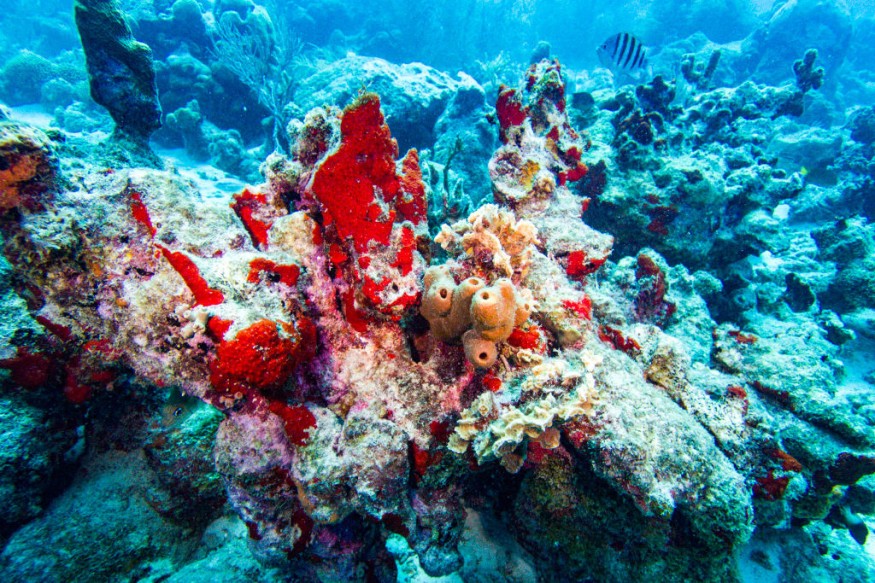
Scientists warned that the widespread coral bleaching event that was first detected by US officials last month is spreading and worsening in reefs all over the world.
Coral Damage
The US National Oceanic and Atmospheric Administration (NOAA) said that coral bleaching has been observed in 62 countries and territories since February 2023 amid record ocean temperatures. This is an increase of nine from its warning in April.
Derek Manzello, the coordinator of NOAA's Coral Reef Watch program, stressed that the impact of this event is still increasing.
"This is not something that would be happening without climate change," he added.
According to Manzello, there has been fresh coral damage observed in India, Sri Lanka, and the Indian Ocean's Chagos Islands since NOAA issued its warning on April 15.
Corals that experience extreme or protracted heat stress eventually die off, but they may resurrect if temperatures fall and other stressors like pollution and overfishing are lessened.
The effects of coral bleaching are extensive, impacting not just the wellbeing of the oceans but also local economies, human livelihoods, and food security.
There have been three previous instances of mass coral bleaching in the world between 1998 and 2017, making the current one the fourth.
According to NOAA, a record 60.5 percent of the world's reefs have seen bleach-level heat in the past 12 months.
The previous global bleaching event that took place between 2014 and 2017 continues to hold the record for the most cumulative impact at this time.
As the oceans continue to heat up over the summer, Manzello warned that bleaching might happen at reefs all around Asia as well as off Mexico, Belize, the Caribbean, and Florida.
Thus far, bleaching has impacted the Great Barrier Reef near Australia, impacting coral in Thailand as well.
In Singapore, twenty percent of the corals off Kusu Island were exhibiting stress or partial bleaching, according to Dr. Jani Tanzil, the St. John's Island National Marine Laboratory facility director (SJINML).
The Sisters' Islands, which are a component of Singapore's only marine park, have also noticed a slight bleaching.
Heat Stress
According to Karin Gleason, head of the monitoring department at NOAA's National Centers for Environmental Information, there is a 100% possibility that 2024 will rank among the top five warmest years ever and a 61 percent likelihood that it will end up being the hottest year on record.
The world's oceans experienced their warmest April temperatures last month, breaking a record that had stood for the previous 13 months every month.
In the Atlantic Ocean, the accumulation of heat stress has been incredibly rare and severe.
It may take some time to comprehend the effects of coral bleaching. For instance, in the Caribbean, coral may withstand the initial heat stress before succumbing to "disease outbreaks or aggregations of coral predators."
Due to a complex combination of El Niño weather patterns and climate change, last year was the warmest year on record.
This year, "my hope is that... we will start seeing that percentage of reef areas impacted start coming down," Manzello added, as the cooling La Niña pattern takes hold between now and autumn.
Related Article : Coral Bleaching: Reefs Adapted To Warm Waters Are Just As Threatened By Climate Change
© 2025 NatureWorldNews.com All rights reserved. Do not reproduce without permission.





